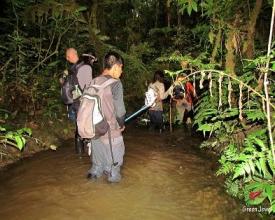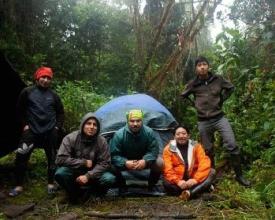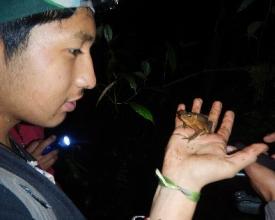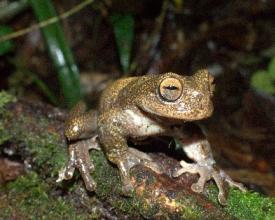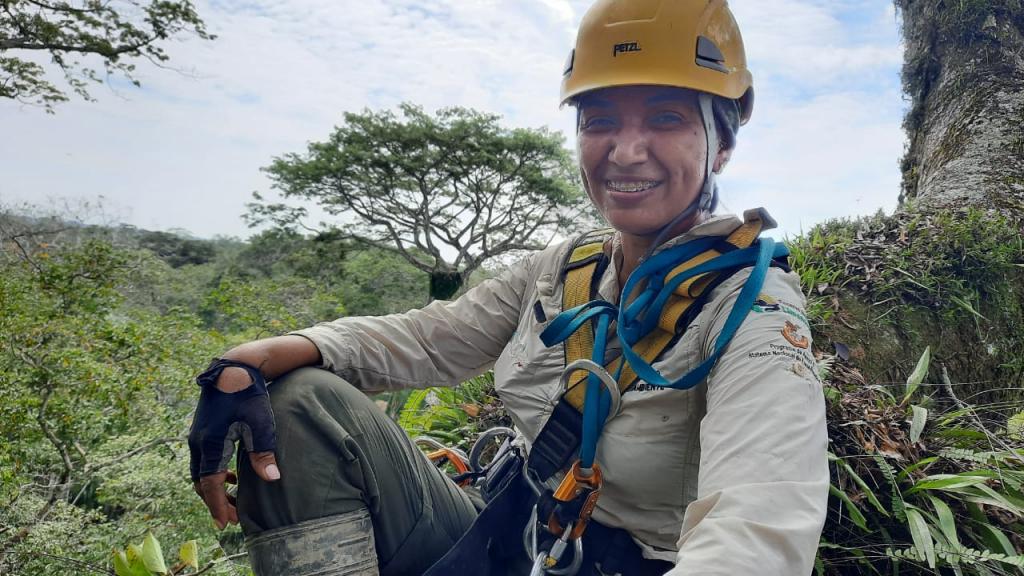Diversity and characterization of amphibians of the Cerro Plateado Biological Reserve.
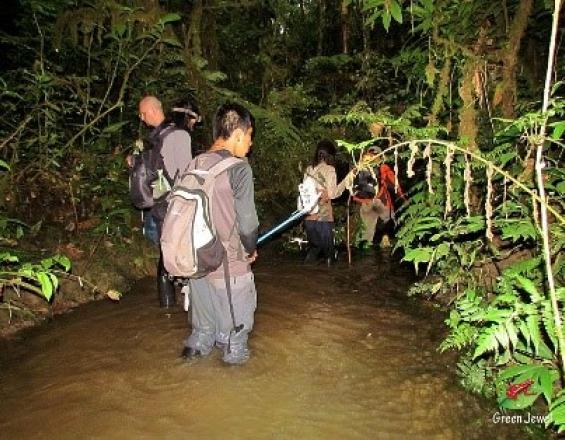
The Cerro Plateado Biological Reserve is a hotspot for the conservation of amphibians because it is located in a zone of important connectivity between the Andes and the Amazon, which is why Santiago Fernando Hualpa Vega did his degree work: "Diversity and characterization of amphibians of the RBCP", guided and reviewed by Paul Székely József - Thesis Director, Research Professor of the Universidad Técnica Particular de Loja and Curator of the Zoology Museum of the UTPL; with the support and permanent field assistance of the staff of the protected area. In the present study, three sampling zones were defined within the RBCP. Nayump, Romerillos and Las Tarantulas.
The total list of amphibian species for the area comprising the RBCP and its zone of influence has increased by 33% (from 69 to 89) with a total of 89 species distributed in 11 families. The study was dominated by the families Bufonidae, Hylidae and Strabomantidae.
Context
Challenges addressed
Location
Impacts
It provides information on the biology, ecology and natural history, as well as the status of their populations and the threats to amphibians in the Cerro Plateado Biological Reserve, an area with high levels of diversity and endemism.
Promote knowledge and conservation efforts for such an important class of vertebrate animals as amphibians, in one of the least explored areas of the Ecuadorian Amazon.
To have scientific information as a tool for education and dissemination of amphibians in the Cerro Plateado Biological Reserve.
Contribution to science. There is a potentially new species for science.
In terms of endemism, we found a total of 11 species (23.9%), of which Hyloscirtus condor, Pristimantis muranunka, and Pristimantis yantzaza are the most relevant species in the protected area, according to the results of the thesis study on "Diversity and characterization of amphibians in the RBCP".
